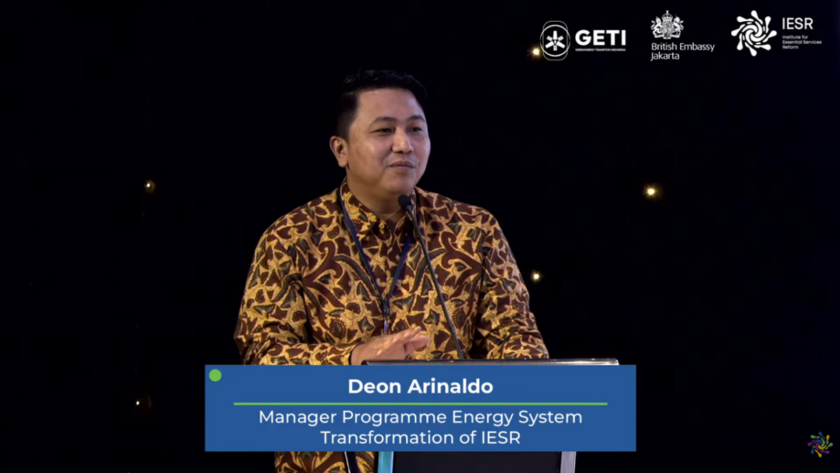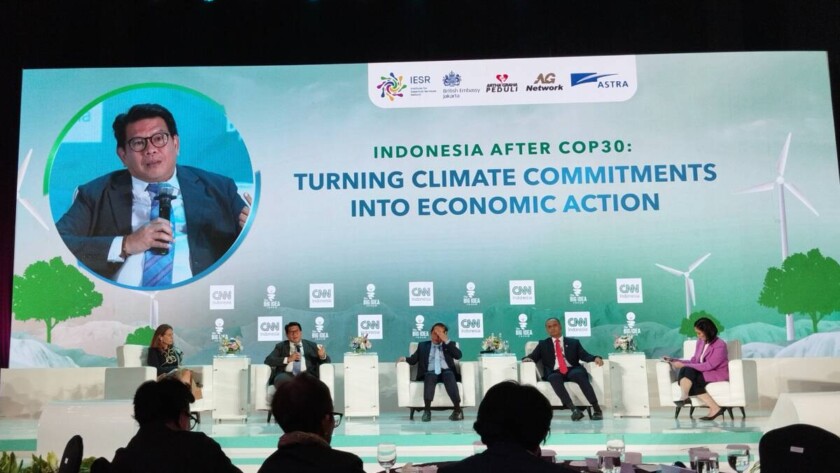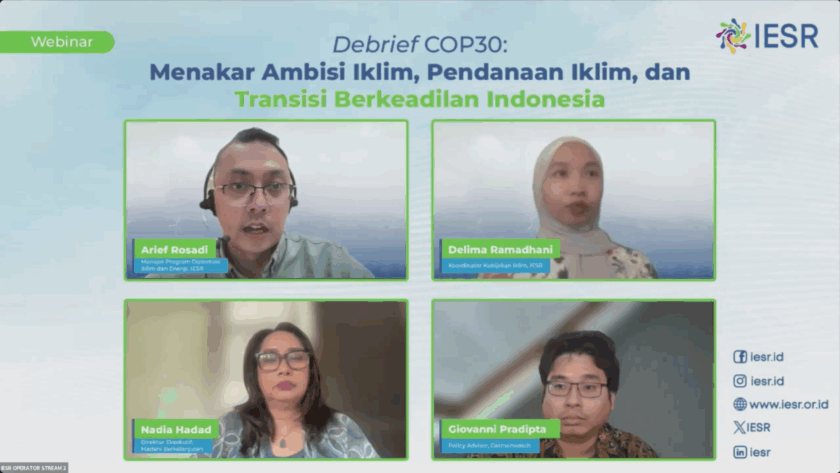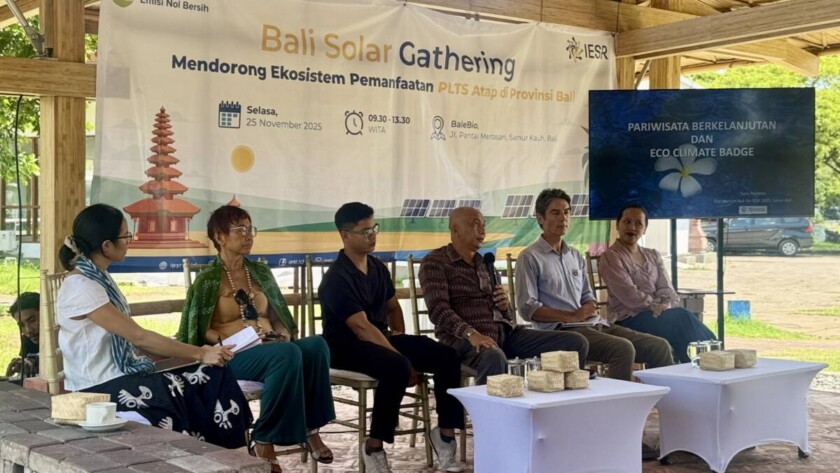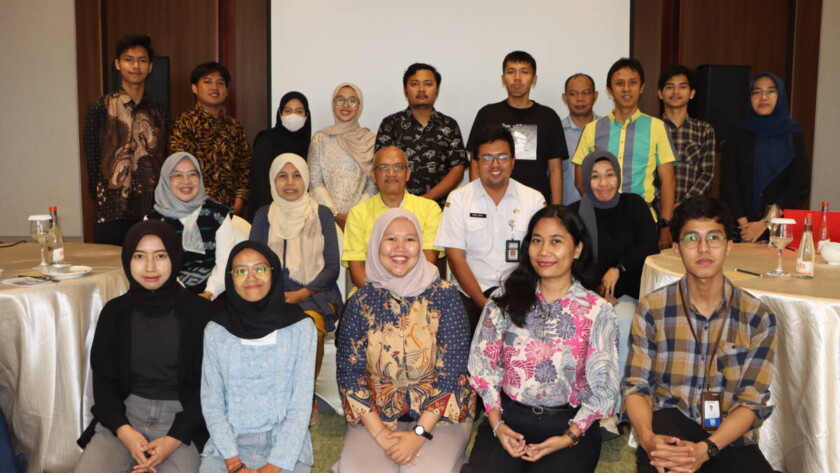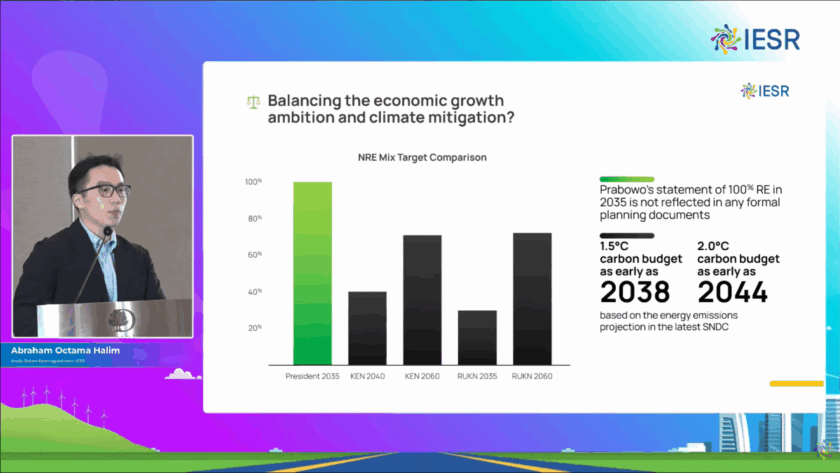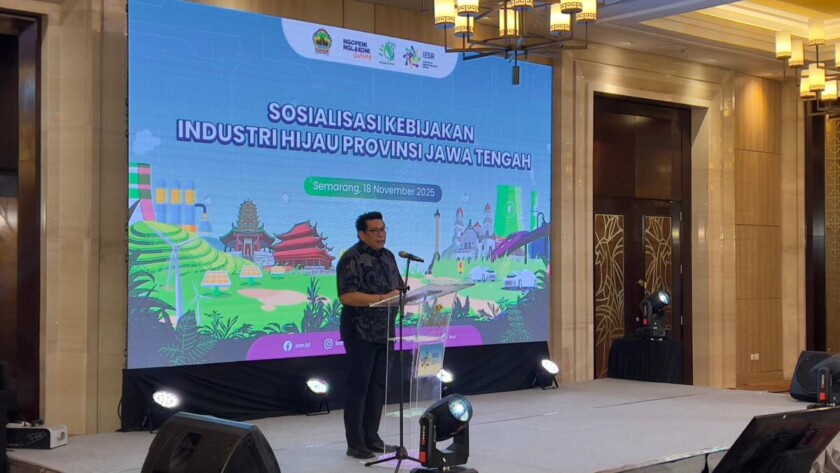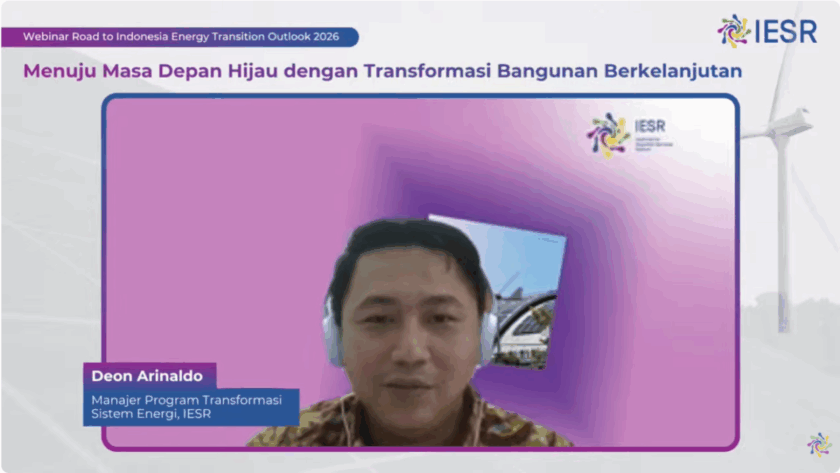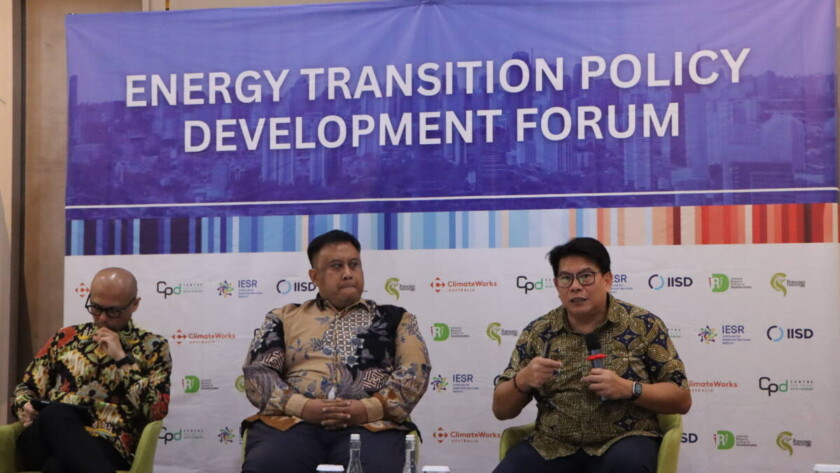Jakarta, December 18, 2025 – Direct access to energy, especially renewable energy, determines a community's quality of life. Therefore, community involvement and increased knowledge about the use of renewable energy must be continuously carried out through various educational channels.
Since 2021, the Institute for Essential Services Reform (IESR) has been assisting the Kampung Warna-Warni Cililitan community…



